January 07, 2018
If you are a hunter or fisherman, or you just like the out of doors and plan to venture into a wilderness environment this winter, it could be helpful to have more than just a basic understanding of wet weather fire starting techniques. Not because winters are known for wetness around the globe, but because if you can start a fire quickly in wet conditions, then you can start a fire quickly under less humid conditions as well. If you find yourself alone facing the bitter cold of winter, and dealing with the onset of hypothermia and the loss of motor skills, it will be the quickness with which you can produce warmth that is important to your survival.
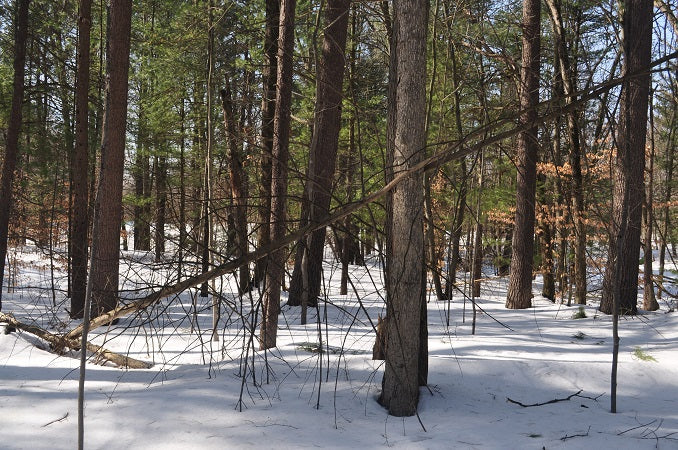
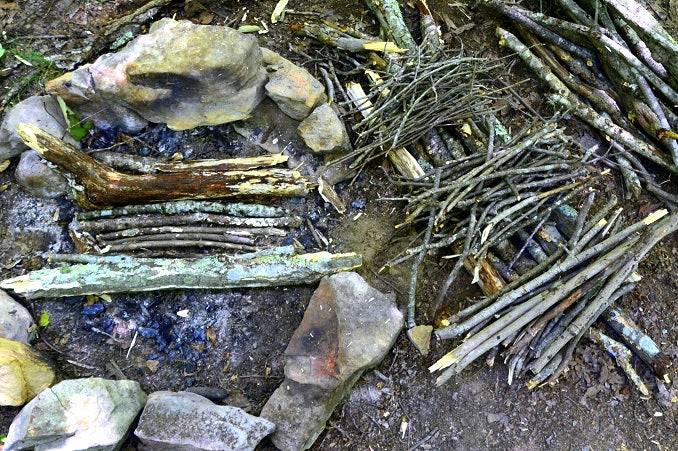
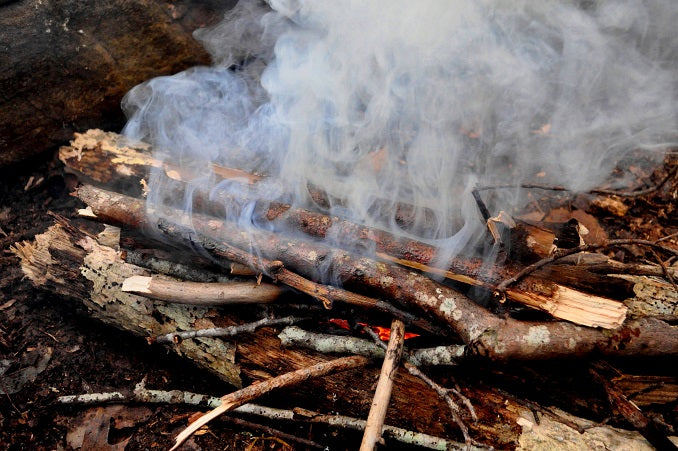
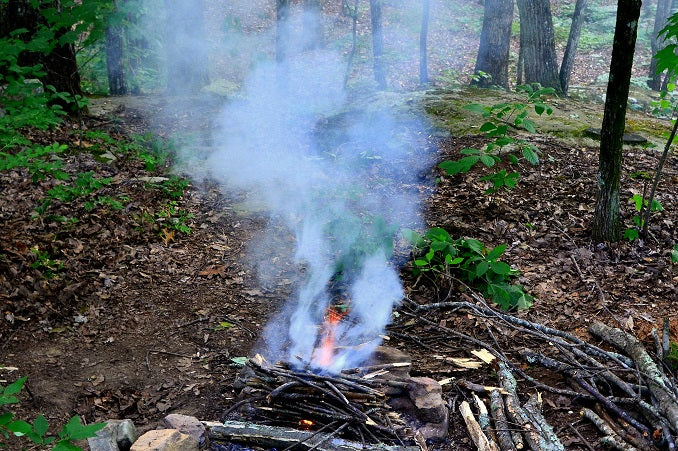
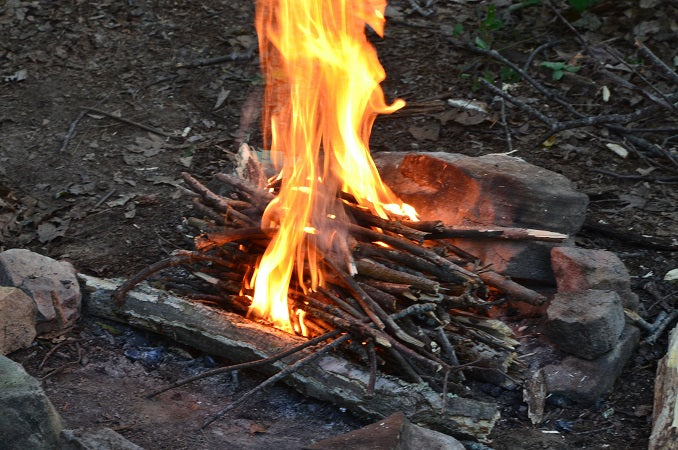
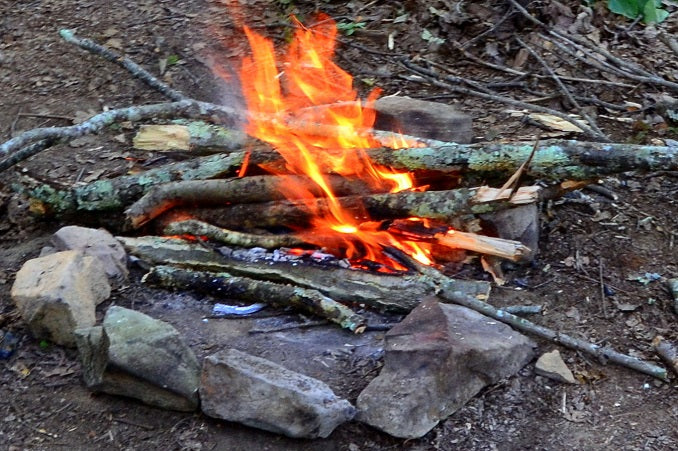
Comments will be approved before showing up.
Frequently Asked Questions
Product Warranty Information
Returns & Exchanges
Shipping Policy
Terms & Conditions
Privacy Policy
Contact Us
Search
Sign up to get the latest on sales, new releases and more…
Fiddleback Forge
5405 Buford Hwy Ste 480
District Leather Bldg
Norcross, GA 30071
© 2025 Fiddleback Forge.
Fiddleback Forge brand name and Logo are registered trademarks of Fiddleback Forge, Inc. All rights reserved.
